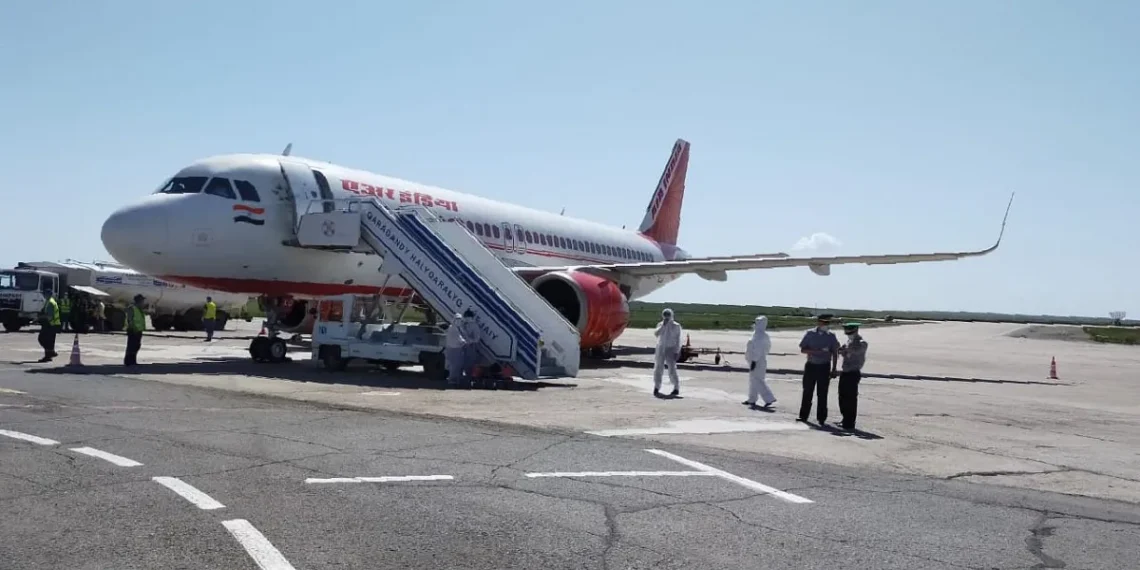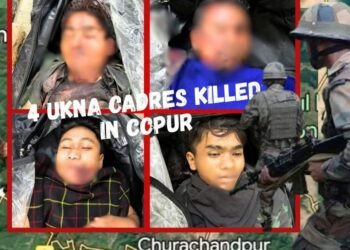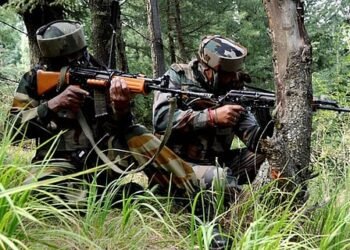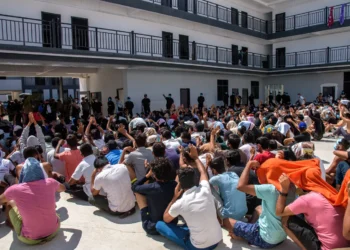The ongoing ethnic conflict in Manipur forces tribal individuals to undertake circuitous and expensive journeys to reach their villages. Personal accounts highlight the financial burden and the unaddressed need for safer travel options.
BY PC BUREAU
As Manipur marks the second grim anniversary of the violence that erupted on May 3, 2023, tearing apart the state’s social fabric, the horror of that day continues to cast a long shadow on countless lives. Consider, for instance, the arduous and costly journey for a tribal individual seeking to reach the hill districts from anywhere in the country.
For the Kuki-Hmar-Zo community, a simple trip home to areas like Kangpokpi or Churachandpur has become a complex and expensive undertaking, a stark testament to the deep divisions and persistent safety concerns. W.L. Hangshing, a former bureaucrat and head of the Kuki People’s Alliance, poignantly illustrates this reality.
“Every time I go to Kangpokpi, I have to spend around ₹30,000,” Mr. Hangshing said, adding, “Around ₹15,000 for the airfare from Delhi to Dimapur, and then another ₹15,000 for a taxi from Aizawl to my village in Kangpokpi. I’ll be going again there soon to see my ailing aunt, and will have to again incur such heavy expenses.”
This represents the lowest expected fare. During peak times or in cases of urgency, the airfare alone could escalate to ₹15,000 or more.
ALSO READ: The Horror of May 3, 2023, and Way Ahead: WL. Hangshing
The rationale behind this circuitous route is deeply rooted in the ongoing ethnic conflict between the Kuki-Hmar-Zo and Meitei communities. For the former, traversing areas where the latter hold sway can be fraught with risk, leading to a palpable sense of insecurity. Road blockades, travel restrictions, and a general atmosphere of hostility have rendered direct routes unreliable and potentially dangerous. Aizawl, situated outside the immediate conflict zone, offers a safer, albeit significantly longer, passage.
However, this safety comes at a steep price. The Delhi-Dimapur airfare often rivals or even surpasses the cost of flying to major international destinations under normal circumstances. Coupled with the subsequent ₹15,000 taxi fare for the arduous journey to Kangpokpi, the total cost becomes a substantial burden for individuals simply trying to reach their homes or visit ailing relatives. As Mr. Hangshing’s experience shows, this is a recurring and unavoidable expense.
ALSO READ: Manipur — Two Years on: A Federated Way Forward for Lasting Peace
For those traveling to Churachandpur from anywhere in the country, the cost of avoiding Imphal is equally prohibitive. The nearest functional airport in this case is Aizawl, with a minimum airfare of around ₹10,000 in normal times. However, hiring a Bolero (smaller taxis won’t ply on the treacherous roads) costs approximately ₹20,000.
The 15-hour taxi ride over what Astor Lunkim, a resident of Churachandpur, describes as “pathetic” roads underscores the dire state of infrastructure and the geographical challenges of the region. The hilly terrain and poor road conditions not only extend travel time but also contribute to the high taxi fares due to increased fuel consumption and wear and tear. The absence of reliable public transportation on this route leaves private taxis as the only viable, albeit costly, option.
“It will cost you ₹3,500 to travel from Aizawl to Churachandpur in a shared Bolero taxi. But in case you want to hire the entire vehicle, it will cost you around ₹20,000,” he said.
Astor further noted that this option was also severely limited during the rainy seasons. “The roads turn into a quagmire and break down in the monsoon, so it’s not possible to travel to Churachandpur during rainy seasons at all,” he said.
ALSO READ: Psyche Foresees Crisis and Rebirth for Prince Harry
Recognizing this challenge, the people of the hills districts had proposed a pragmatic solution to the government: the introduction of a helicopter service connecting Aizawl and Dimapur airports directly to Churachandpur and Kangpokpi. “It would have been a cheaper option, a much-needed relief for people like me who need to travel,” Mr. Hangshing explained. “But no one cares. I think former Chief Minister Biren Singh sabotaged the proposal,” he added, his frustration evident.
The ₹30,000 journey to Kangpokpi or the similarly arduous trip to Churachandpur for people like W.L. Hangshing are more than just inconveniences; they are tangible representations of the ongoing crisis in Manipur. They highlight the human cost of division, where the need for safety overrides practicality and affordability, turning a trip home into a significant financial and logistical hurdle. The unheeded plea for a helicopter service serves as a mark of the challenges in bridging divides and implementing solutions that could alleviate the suffering of those most affected by the enduring unrest. As Manipur marks two years of violence, the fractured roads to home serve as a stark reminder of the long and difficult path to healing and normalcy.
ALSO READ: Sadar Hills Stand Still as Kukis Mark Separation Day: “We’ll Not Forget”












